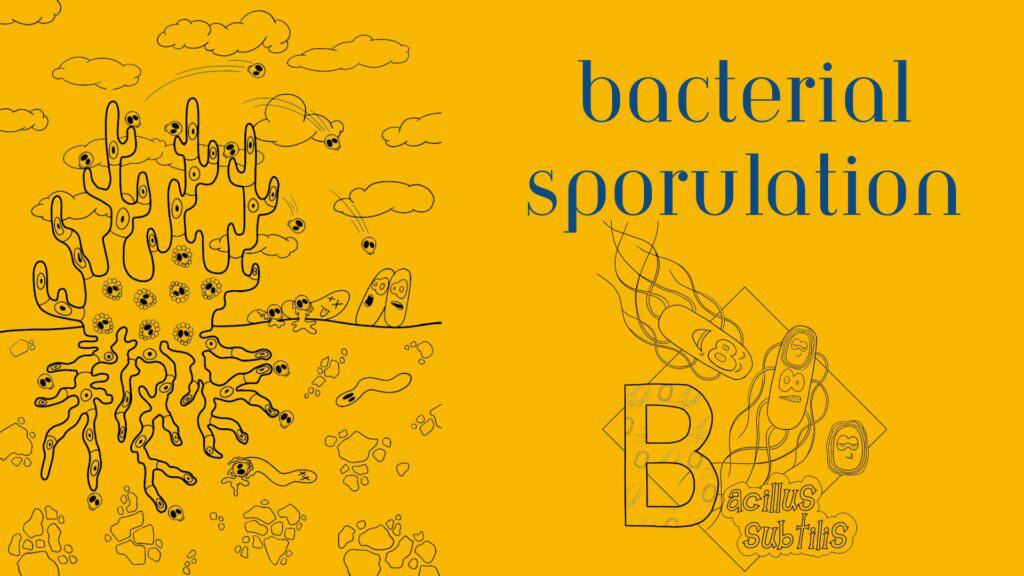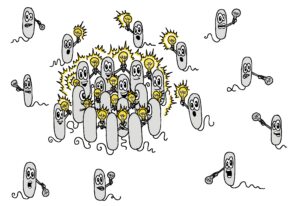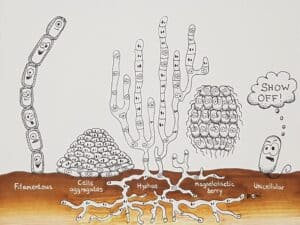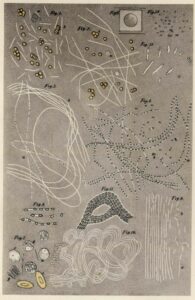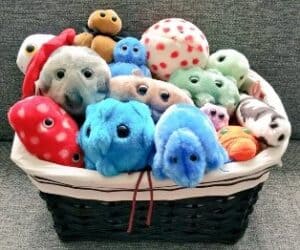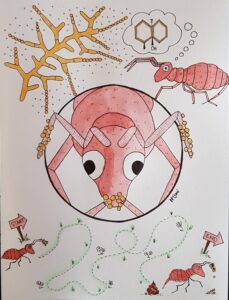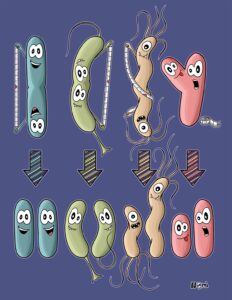
Why bacteria divide into two and grow with the help of a strong ring
Bacteria divide by measuring their middle and forming a ring. They then extend their cells while the ring tightens. Like this, two daughter cells grow out of one mother cell. However, the daughter cells do not always look the same…

